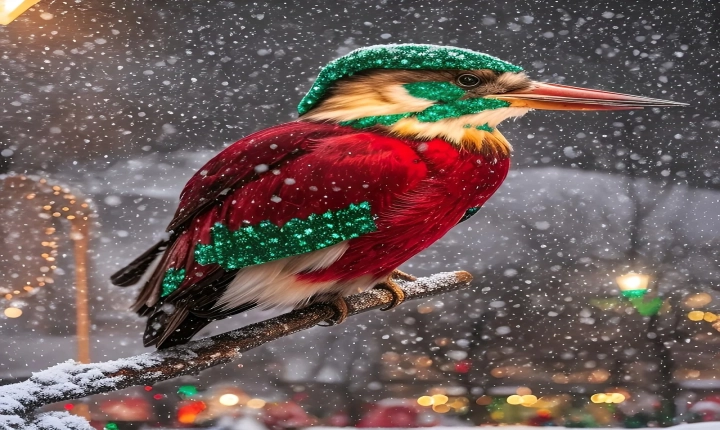Is AI Art Better Than Human Art?
Art, in all its forms, has been a hallmark of human expression for centuries. However, with the technological advancements of the 21st century, the rise of artificial intelligence (AI) has brought about a new wave of creativity and innovation. This has led to the question: is AI art better than human art?
One could argue that AI art has its advantages. AI has the ability to analyze vast amounts of data and generate unique patterns and designs that can intrigue and captivate its audience. AI can quickly produce a multitude of artworks, varying in style, form, and content, which may be beyond the capacity of a single human artist. Additionally, AI has the potential to push the boundaries of traditional art, creating pieces that challenge our perceptions and expand the definition of what art can be.
Moreover, AI can learn from vast datasets and adapt its creations based on the preferences of the audience, making it more accessible and personalized. This ability to tailor art to individual tastes and preferences can arguably make AI art more relevant and engaging for a broader audience.
On the other hand, human art carries with it a depth of emotion and lived experience that may be difficult for AI to replicate. Human artists infuse their work with personal narratives, cultural influences, and a sense of humanity that resonates with viewers on a profound level. The imperfections and nuances captured in human art often create a deep and lasting emotional connection that AI art may struggle to evoke.
Furthermore, human art is inherently tied to the human experience, reflecting the complexities of human existence, relationships, and emotions. It serves as a mirror to society, providing social commentary and challenging the status quo. This depth of meaning and connection to the human condition cannot easily be replicated by AI.
It is essential to consider that the debate over whether AI art is better than human art is ultimately subjective. Art is a reflection of the human experience, and the emotional impact of a piece often depends on the individual’s personal interpretation and connection to the work. While AI may excel in certain aspects of art creation, it may lack the depth of human experience and emotional resonance that is inherent in human art.
In conclusion, the comparison between AI art and human art is complex and multifaceted. While AI art may possess certain technical advantages and the ability to innovate quickly, human art continues to hold a unique place in the world, rooted in human experience and emotive connection. Both AI and human art contribute to the rich tapestry of artistic expression, each bringing its own distinctive strengths to the table. Ultimately, the value of art lies in its ability to evoke emotion, stimulate thought, and inspire, regardless of its creator.
